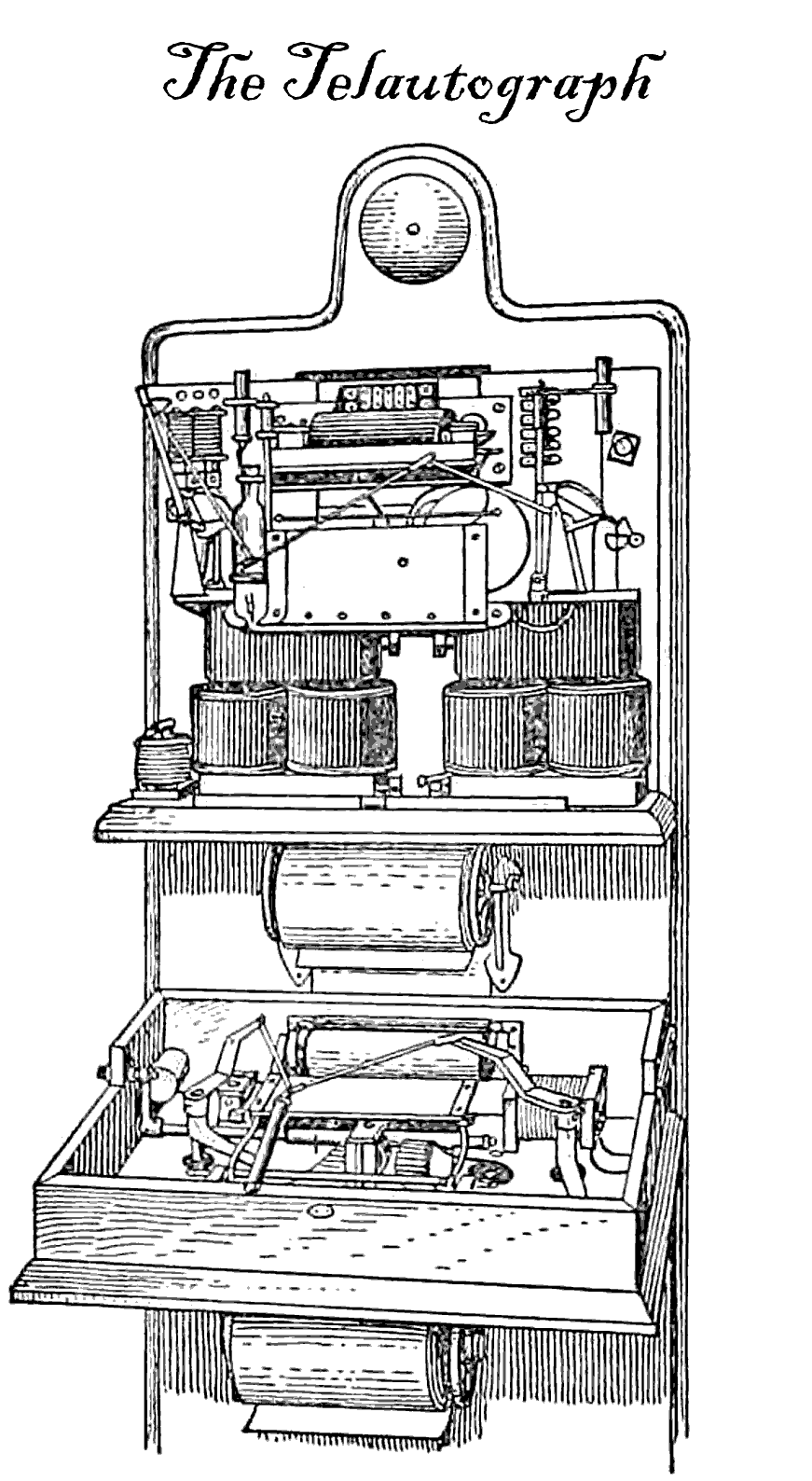Why are fax machines still used?

The humble fax machine has existed in some form since 1888, originating as a machine known as a ‘telautograph’. Just 12 years earlier, Alexander Graham Bell had patented the first practical telephone. Even today, fax machines send documents over the same lines as phone calls.
Until the internet took off in the 1990s, faxing was the quickest way to send documents over long distances. For most businesses and individuals, it came down to the choice between waiting days for a document to arrive in the mail, or sending a fax which would arrive in minutes. Some businesses still maintain a physical fax machine today. Others have switched to electronic faxing systems, but remarkably few have been able to completely eliminate this seemingly obsolete technology. But why?
1 - Security
The medical, financial and legal fields are the heaviest fax users in the United States today. What do these fields have in common? For a start, stringent privacy regulations, such as the Health Insurance Portability and Accountability Act (HIPAA) or the Gramm-Leach-Bliley Act (GLBA). Medical institutions can be, and have been, punished severely by the federal government for inadvertently disclosing patient information by using insecure technology.
In January 2021, health insurance company Excellus Health Plan, Inc. was fined $5.1 million for an incident where hackers gained access to over 9.3 million patient records. The same goes for financial institutions, with credit bureau Equifax ordered to pay at least $575 million in for failing to secure customers’ personal information in its highly publicized 2017 breach. Not even small, nonprofit health clinics are immune, as North Carolina based Agape Health Services discovered when it was slapped with a $25,000 fine for simply sending an email to the wrong address - despite the fact there was no evidence that the data was used maliciously.
Considering these penalties, it’s no surprise that organizations operating in highly regulated fields are extra security-conscious. But where does faxing come into all this?
Ironically, the low-tech nature of the fax can actually make it more secure than email. When you send a document from one physical fax machine to another, the data travels through the telephone line, just like a landline call but encoded into audio form as a series of beeps and hisses. It’s remarkably hard to intercept this form of communication, because there are few potentially vulnerable points through which a hacker could gain access to the data. It’s just the telephone network and two fax machines - and moreover, the data is never stored anywhere other than a physical sheet of paper at each end.
Email, on the other hand, is a chain with many links. Any email you send or receive will be saved in at least four places:
- your computer or smartphone
- your email provider’s server system
- the recipient’s email provider’s server system
- the recipient’s computer or smartphone
Any one of these devices has the potential to be hacked. In some cases, the data also travels unencrypted along one or more of these hops, meaning someone could snoop on the confidential data as it travels between computers. Just as you would be hesitant to write your social security number on a postcard and then send it through the mail, businesses are rightly cautious about sending private information in a potentially vulnerable way.

It’s certainly possible to send documents securely using computers, but it requires care and attention. We’re putting this care and attention into building our free online fax service, designing it from the ground up to put security first.
When you send a document with Faxery, it’s be encrypted as it travels between your computer and our server, then only stored on our system briefly while we transmit it to the recipient’s fax machine through the telephone network. That’s how our cloud-based faxing system allows you to securely send real faxes to physical fax machines from your computer.
2 - Interoperability
When it comes to technology, the lowest common denominator often wins. Even people who don’t routinely send faxes must do so when they need to communicate with organizations that insist on fax.
Here’s an example that many people will be familiar with: you can fax tax documents to the IRS, but they won’t accept them by email. In fact, the IRS still doesn’t have an electronic tax filing system. Its E-file services are actually provided by third-party tax preparation sites like TurboTax and TaxAct.
With no sign-up required, no fees, and the ability to send to any US fax number, Faxery is ideal for people who only need to send faxes occasionally.
3 - Convenience
For companies that have been using a fax machine for years, the process is familiar and straightforward. It works, and unlike modern secure messaging systems, it doesn’t require a high degree of computer literacy. For small businesses, there is little incentive to change from a tried-and-true process like this.

Larger corporations often have a hard time leaving fax behind, too. There is often significant ‘inertia’ preventing a move to more modern technologies. When thousands of staff are located at different locations throughout the country, all using faxing as part of established workflows, it requires a concerted effort from multiple departments if the firm is to change to a more modern way of transferring documents. Corporations will often prioritize other projects that will have a greater impact on profitability, once again keeping the trusty facsimile machine in a job.
The recent move to towards working from home presents a conundrum for companies that do still rely on physical fax machines. It’s impractical to send the machines home with the teleworking staff, because they require a dedicated phone line, and the firm’s public fax numbers are tied to phone lines at the office.
We think that you’ll find Faxery surprisingly easy to use too, and with no phone line, paper or ink to pay for, better for your household or business’s bottom line. Try sending a fax today!
